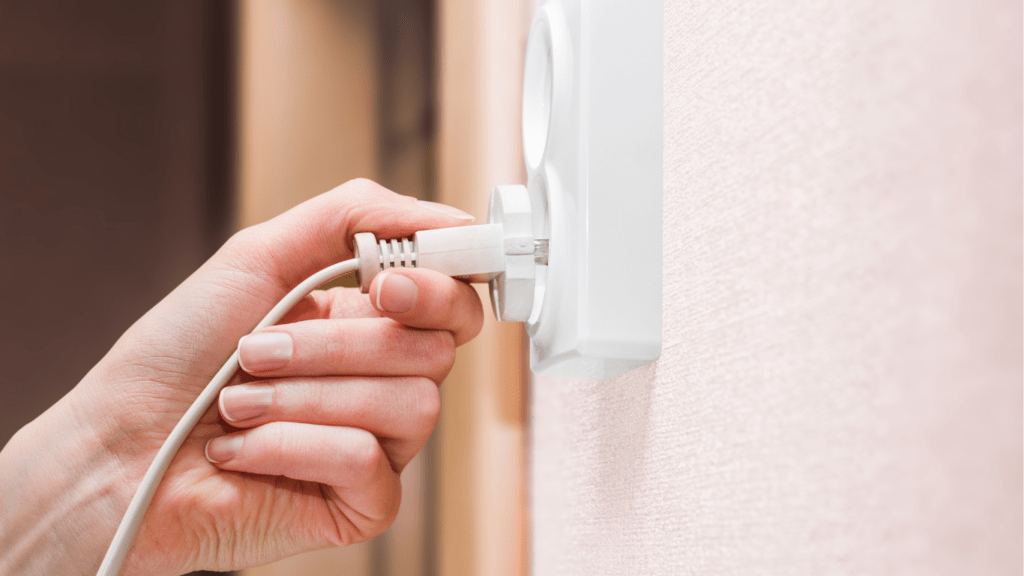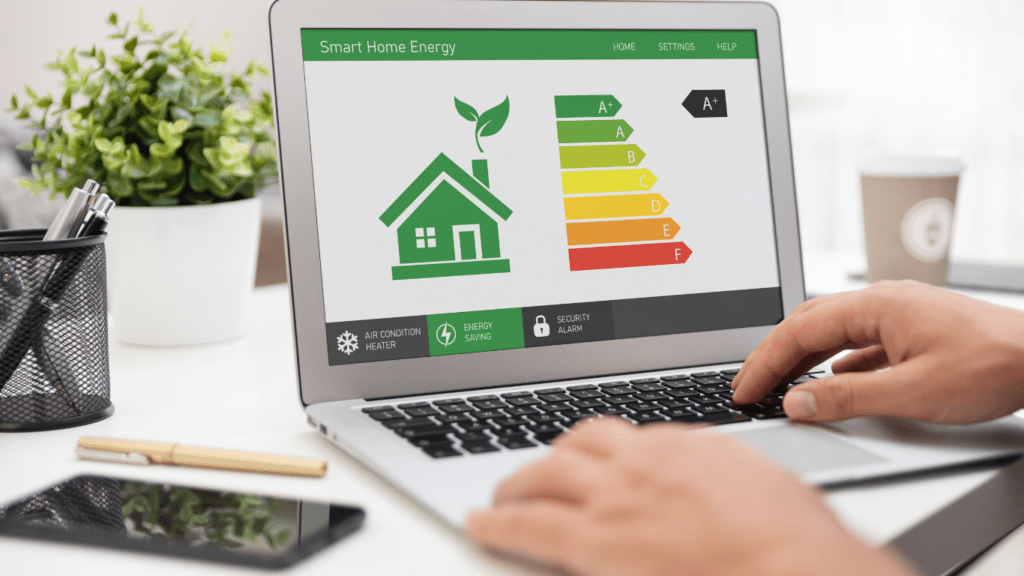Understanding Household Expenses
Understanding household expenses means breaking down costs into categories like utilities, groceries, housing, and miscellaneous spending. Items such as:
- water
- electricity
- gas
contribute to utility bills, while groceries cover food and cleaning supplies. Housing costs include mortgage or rent and property taxes. Miscellaneous spending can be dining out, entertainment, or personal care. By recognizing these categories, I can pinpoint areas to cut back without losing comfort.
Tracking begins with listing all expenditures, whether big or small, to identify spending patterns. I can then analyze this data to determine where adjustments are possible. For instance, dining out less frequently or choosing generic brands for groceries can reduce costs without sacrificing quality. Tools like budgeting apps and spreadsheets help monitor spending and maintain financial goals.
Regularly reviewing expenses ensures that spending aligns with current priorities. I may find that my priorities shift over time, requiring budget adjustments. Flexibility in managing household expenses allows me to adapt to changes, maximizing comfort and financial stability. Engaging the entire household in these discussions encourages shared responsibility and joint decision-making.
Analyzing Your Spending Habits
Understanding where your money goes is the first step in reducing household expenses. By analyzing spending habits, identifying areas for improvement becomes easier.
Identifying Essential and Non-Essential Costs
Distinguishing between essential and non-essential costs is crucial. I categorize bills like”
- rent
- utilities
- groceries
as essential costs. Non-essential costs include dining out, streaming services, and impulse purchases. Evaluating these categories helps me allocate resources more effectively, ensuring comfort without unnecessary expenses. Tools like budget spreadsheets aid in distinguishing these costs clearly.
Tracking Monthly Expenses
Tracking monthly expenses offers valuable insights into spending patterns. I regularly record every purchase, no matter how small, using budgeting apps or spreadsheets. This consistent tracking helps highlight trends, such as overspending on entertainment or underestimating food costs. Adjusting based on this data allows for informed decisions, ultimately leading to financially sustainable habits.
Energy Efficiency Improvements

Efficient home changes can lower expenses and maintain comfort. Focusing on energy efficiency means investing wisely in solutions that offer long-term savings.
Upgrading to Energy-Efficient Appliances
Switching to energy-efficient appliances can significantly cut electricity bills. I noticed a decrease in my power costs after replacing my old refrigerator and washing machine with Energy Star-rated models. These appliances consume less energy, reducing utility expenses. The initial investment pays off quickly through lower monthly energy bills.
Utilizing Smart Thermostats
Smart thermostats are a game-changer in reducing heating and cooling costs. After installing a smart thermostat in my home, I experienced better temperature control and savings. These devices automatically adjust to usage patterns and preferences, optimizing efficiency. By controlling the temperature remotely, I can easily manage energy use and ensure a comfortable environment without extra costs.
Food and Grocery Savings
Reducing household expenses begins at the heart of the home—the kitchen. Implementing smart strategies in food and grocery shopping ensures significant savings without compromising comfort.
Meal Planning and Smart Shopping
Meal planning transforms grocery shopping into an organized, cost-effective activity. By outlining meals weekly, I eliminate impulse buys, leading to more focused shopping trips. I look for sales on key ingredients and home essentials, matching coupons to maximize savings. Buying in bulk reduces costs, especially for non-perishable items like rice and pasta. Not all costs disappear immediately, but over a month, the savings accumulate significantly.
Reducing Food Waste
Food waste represents lost money. I extend the life of fresh produce by storing it properly, like refrigerating leafy greens and placing root vegetables in dark pantries. Incorporating leftovers into new, creative meals further reduces waste, saving both food and expenses. For items nearing expiration, I experiment with recipes to ensure nothing spoils unnecessarily. When food waste decreases, grocery expenses naturally diminish, supporting comfortable living without extra costs.
Reducing Utility Bills
Reducing utility bills is essential for cutting household costs without sacrificing comfort. Let’s explore practical strategies to achieve this efficiently.
Water-Saving Techniques
- Adopting water-saving techniques significantly lowers utility bills.
- Installing low-flow showerheads and faucet aerators can reduce water usage while maintaining proper water pressure.
- Consider upgrading toilets to dual-flush models, which use less water per flush.
- Fixing leaks promptly is crucial since even small drips can waste gallons over time.
- Collecting rainwater for garden use offers another sustainable way to conserve water and cut expenses.
Managing Electricity Usage
Reducing electricity usage not only lowers bills but also contributes to energy conservation. Switching to LED bulbs saves energy and has a longer lifespan than incandescent ones. Implementing smart power strips prevents phantom energy loss from devices left in standby mode. Unplugging electronics when not in use ensures no energy is wasted. Utilizing natural light during the day minimizes the need for artificial lighting. Additionally, setting appliances like washers and dishwashers to run with full loads optimizes their energy use, leading to lower electricity costs.
Smart Shopping for Household Items
Efficient shopping for household items makes a big difference in managing expenses. I focus on strategies that maximize savings without compromising comfort.
Buying in Bulk
Purchasing items in bulk offers significant savings, especially for non-perishable goods like toilet paper, canned goods, and cleaning supplies. I find that warehouse clubs and online retailers provide substantial discounts per unit. When storage space allows, buying in bulk reduces the frequency of shopping trips and ultimately lowers transportation costs. It’s essential to compare unit prices and stick to products used frequently to ensure bulk purchases are genuinely cost-effective.
Utilizing Coupons and Cashback Offers
Coupons and cashback offers provide another layer of savings on household items. I regularly browse grocery store websites and apps for digital coupons, keeping an eye on weekly promotions. Cashback apps give additional returns on purchases, transforming routine shopping into an opportunity to save more. Combining in-store sales with these offers amplifies the discounts, allowing greater savings without effort. Signing up for store loyalty programs can also offer instant savings and rewards on future purchases.



